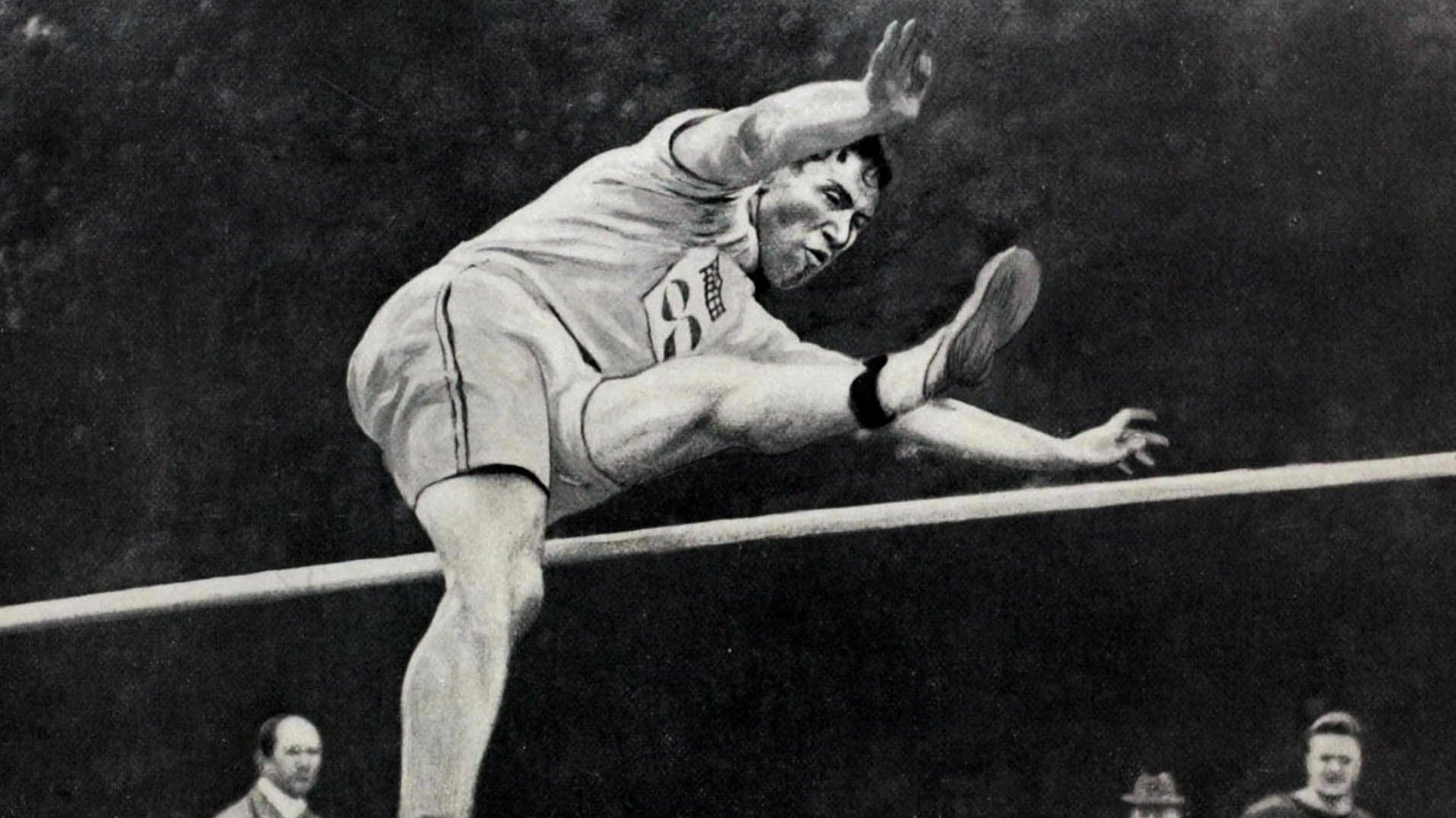On July 7, 1912, Jim Thorpe wins the pentathlon at the fifth modern Olympics in Stockholm, Sweden. At the time, Thorpe, a Native American who attended Pennsylvania’s Carlisle Indian School, was only beginning to establish his reputation as the greatest all-around athlete in the world.
Born May 28, 1887, in Prague, Oklahoma, on a Sac-and-Fox Indian reservation, James Francis Thorpe was given the name Wa-Ho-Thuck by his mother, meaning “bright path.” In 1908, Thorpe matriculated at the Carlisle Indian School, in Carlisle, Pennsylvania, and joined the school’s track team. Two years later, Thorpe tried out for the Carlisle football team, coached by the legendary Pop Warner. At one practice, Warner challenged the inexperienced Thorpe to run the ball against the entire Carlisle team. Thorpe dodged, weaved and out-ran all 30 of the Carlisle players to score a touchdown. Warner was incredulous, and asked Thorpe to do it again. Thorpe did, and then joined the team as a running back. He was named an All-American in 1911 and 1912.
In the spring of 1912, Thorpe returned his focus to track to train for that summer’s Olympics. On July 7, competing against the best athletes in the world in the Olympic pentathlon, Thorpe placed first in the broad jump, 200-meter sprint, discus throw and the 1,500 meters, and third in the javelin throw to win the gold easily. Later in the day Thorpe failed to medal in the high jump and long jump competitions, placing fourth and seventh, respectively. His second medal of the games would come in the decathlon, which he won nearly as easily as he had won the pentathlon, breaking the world record in the event. At the closing ceremonies, where the medals were presented, Thorpe was introduced to King Gustaf V of Sweden. According to legend, the king said, while shaking Thorpe’s hand, “Sir, you are the greatest athlete in the world,” to which Thorpe replied “Thanks, king.”
Thorpe returned to a ticker-tape parade in New York City. In 1913, though, he was stripped of his Olympic medals because he had played minor league baseball professionally in 1909 and 1910. While he was not the only amateur athlete of his era to play for money to pay his bills, he naively did so using his real name and was easily caught. Also in 1913, Thorpe was recruited by New York Giants manager John McGraw to play baseball, which he did on and off with middling success at the plate in six of the next eight years. In 1920, Thorpe used his fame to help launch the American Professional Football Association (APFA), which eventually morphed into the NFL. Thorpe served as the APFA’s first president and played for the league professionally from 1921 to 1926 and again in 1928. During his playing career, it was said that Thorpe could punt a ball with full force, and then sprint down the field and catch it himself.
In 1950, the Associated Press named Thorpe the greatest athlete of the first half of the 20th century. Before his death from a heart attack in 1953, Thorpe was known to entertain fans at NFL games by punting balls between the uprights in the end zone from the 50-yard line. The two gold medals stripped from Thorpe in 1913 were returned to him in 1982, 30 years after his death.
